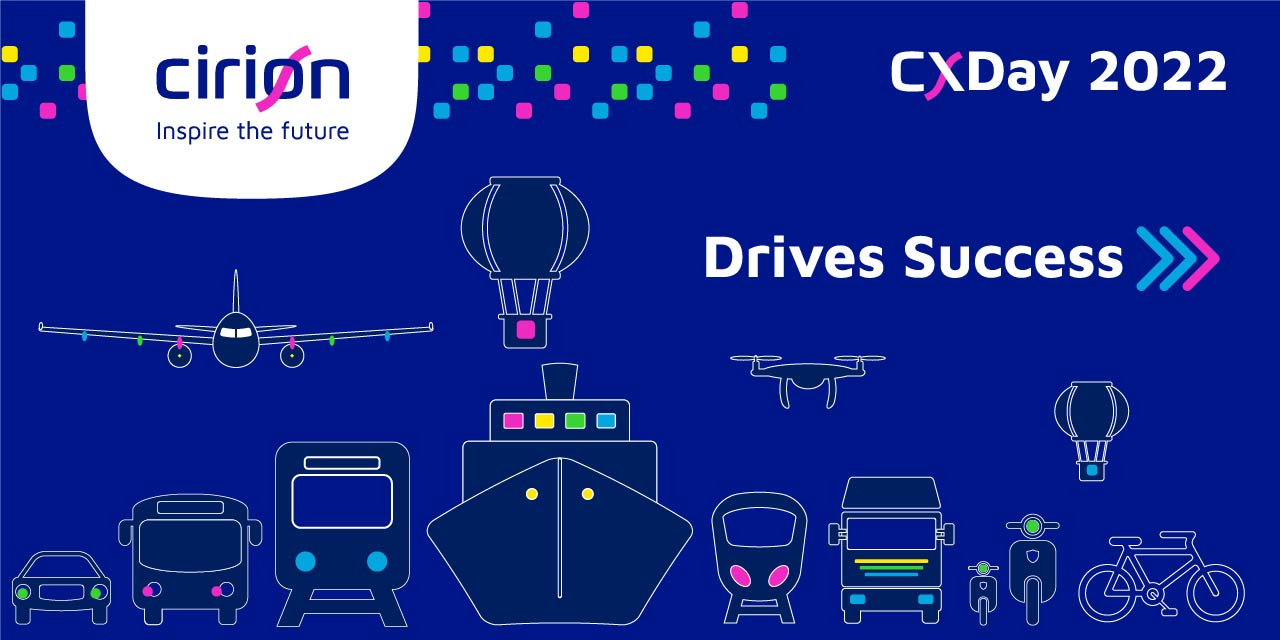
Meeting points between sustainability and digital transformation
Sustainability is not a fashionable topic or an action that companies must take individually: in recent times, long-term care for the environment and society has been consolidated as one of the main priorities of executives around the world. It is not just about altruism, but also about staying profitable and competitive in a world where 35% of people say they are more willing to engage with responsible companies, according to data from the #CCSIndex (Conscious Consumer Spending Index).
Digital transformation acceleration and the exponential growth of the need to generate, capture, transmit, store, and process data place data centers on the spotlight: an estimate of IDC consulting from the end of 2021 projected that in the previous three years energy consumption of multitenant data centers had grown 31% while hyperscalers had increased 117%.
Our industry is the protagonist of change. According to the statistics portal Statista, “green” data centers investments will almost grow by 3-fold in barely six years; in fact US$49,2 billion from 2020 will become more than US$140 billion by 2026.
A purpose that multiplies
Many measures are being taken towards decarbonization (for example, most companies have truly clear goals in place aimed at zero emissions with the furthest horizon located in 2030), but this is just the beginning.
Purpose multiplies and becomes more challenging; it’s no longer about stop damaging the planet, as proposed by corporate social responsibility policies until a few years ago but generating benefit for the environment.
Although some macro trends stand out, such as the growing use of renewable energies, the implementation of solar panels to power the network nodes directly, or the use of increasingly efficient technological components in terms of energy consumption, the reality marks that sustainable practices must be in the DNA of organizations and permeate every project and initiative that arises: process optimization, elimination of inefficiencies, the ability to detect redundancies… All these actions result in a positive impact
Time of cooperation
Cooperation and collaboration are other big challenges sustainability calls for: organizations must not only worry about their individual actions but for what happens throughout their value chain. It’s a topic where synergies are key and the whole is definitively greater than the sum of its parts.
Metrics play a fundamental role: speeches and intentions are useless unless supported by reliable and transparent data to understand where we are going and how close the company is to meet its sustainable targets. Managed data center and connectivity service providers capable to prove their math and carbon footprint estimates, are helping their current and potential customers move forward with their own decarbonization strategies where the cloud had a fundamental role, since it decreases organizations’ internal consumption.
We often hear the phrase “future is digital”. However, it is sustainability, which in fact assures quality of life and wellbeing in that future.

Author:
Gabriel del Campo
VP Data Center, Cloud & Security
Cirion Technologies









